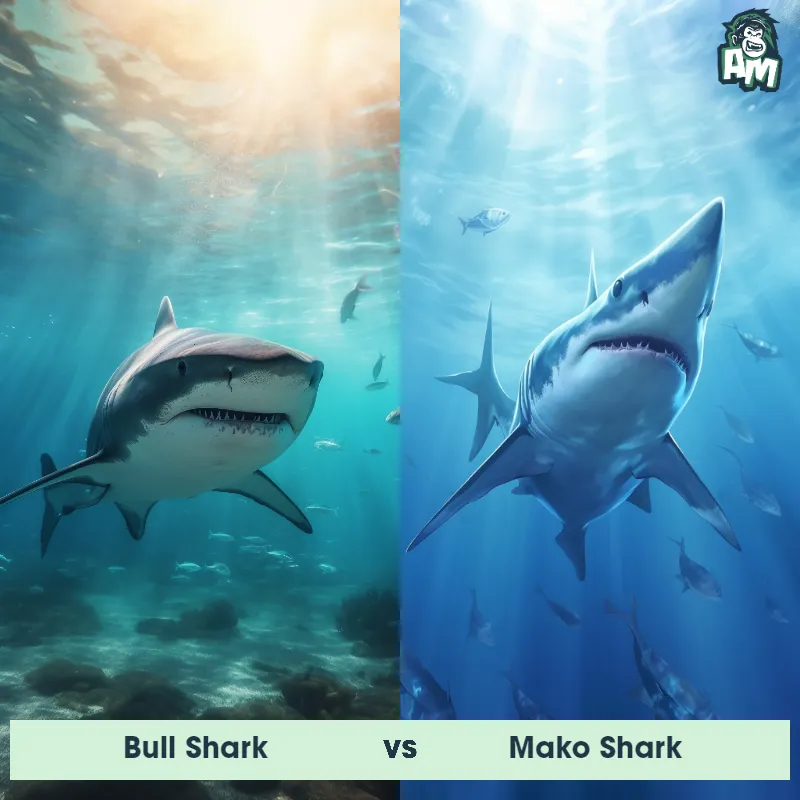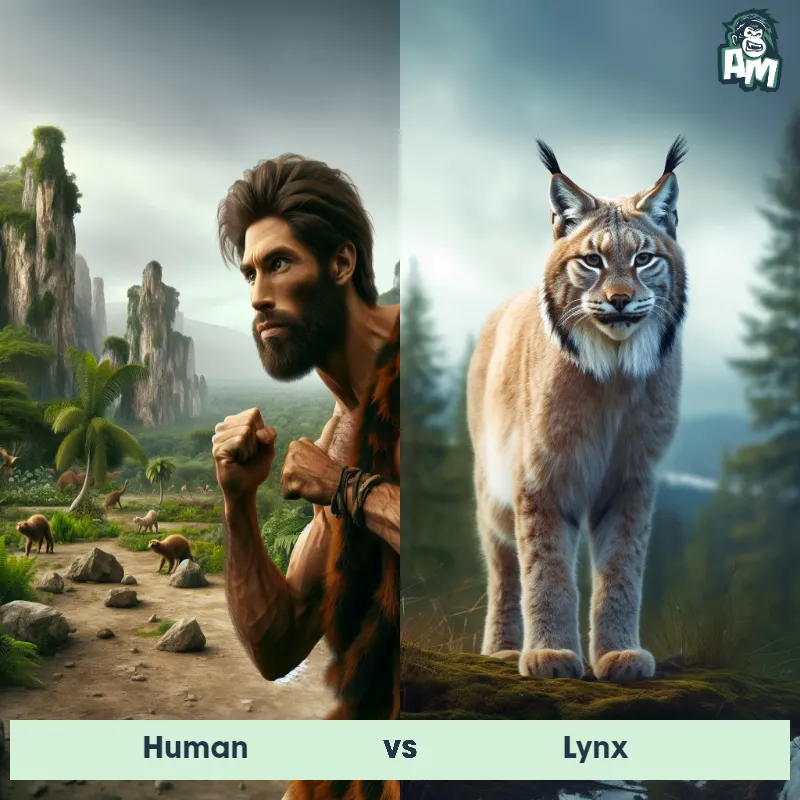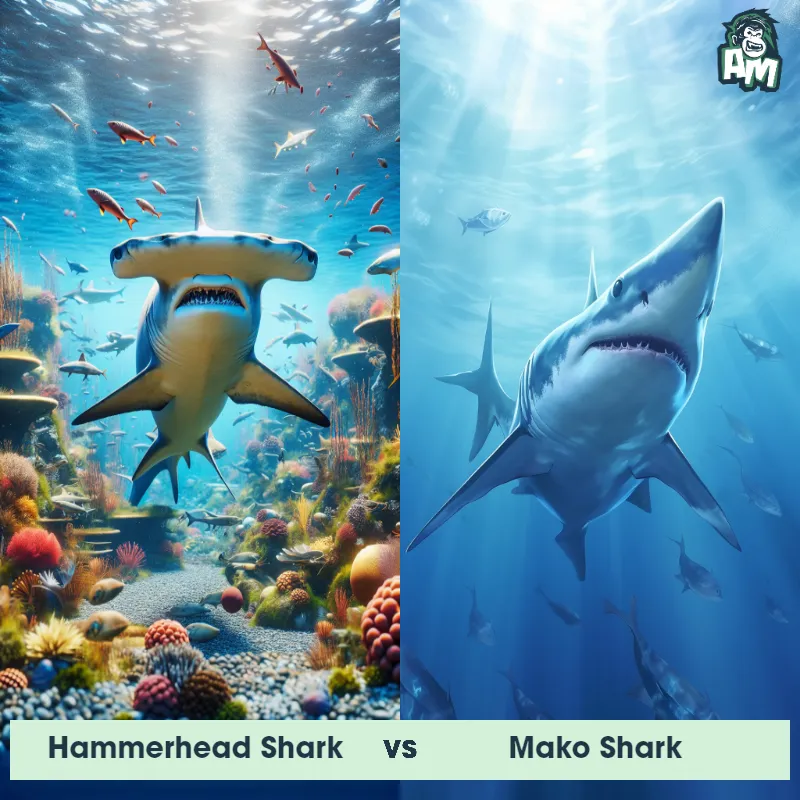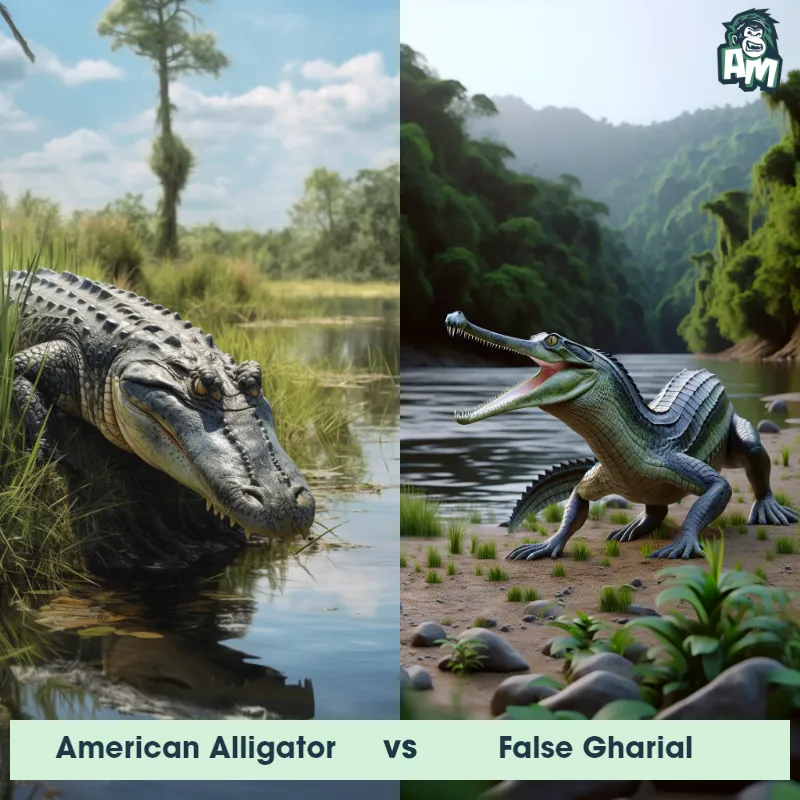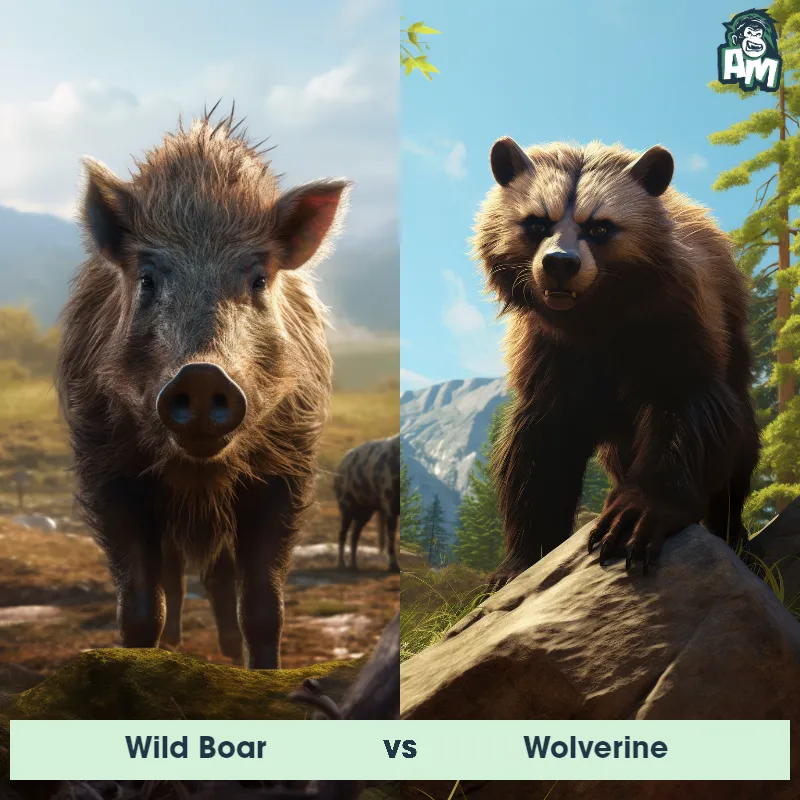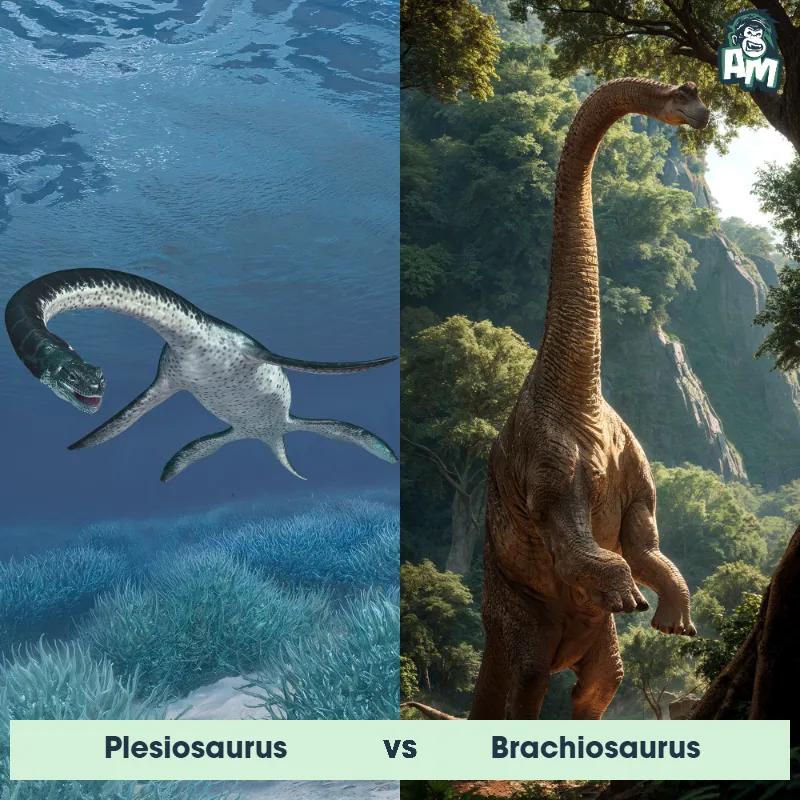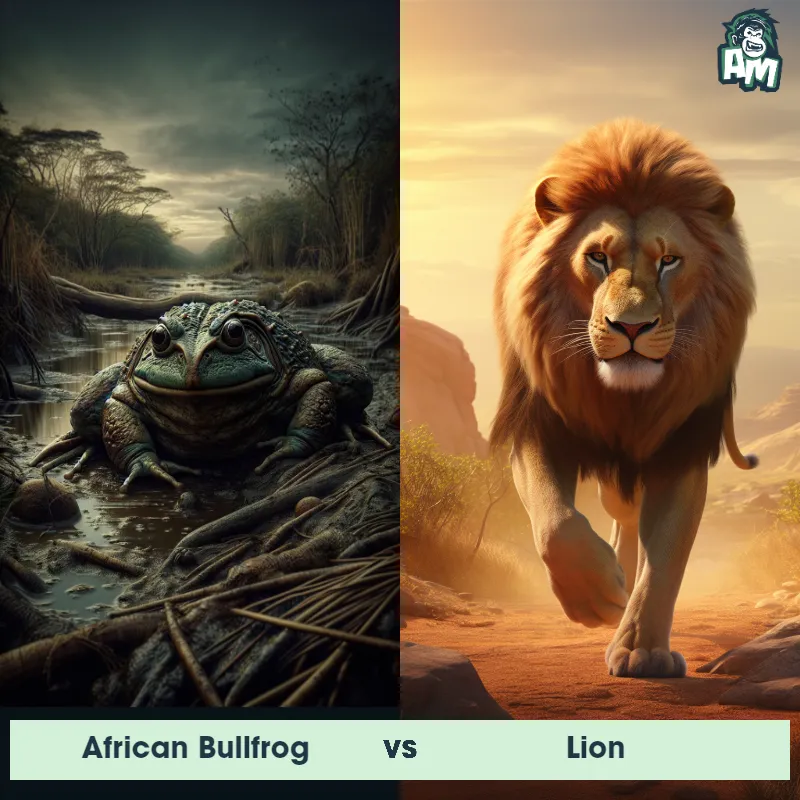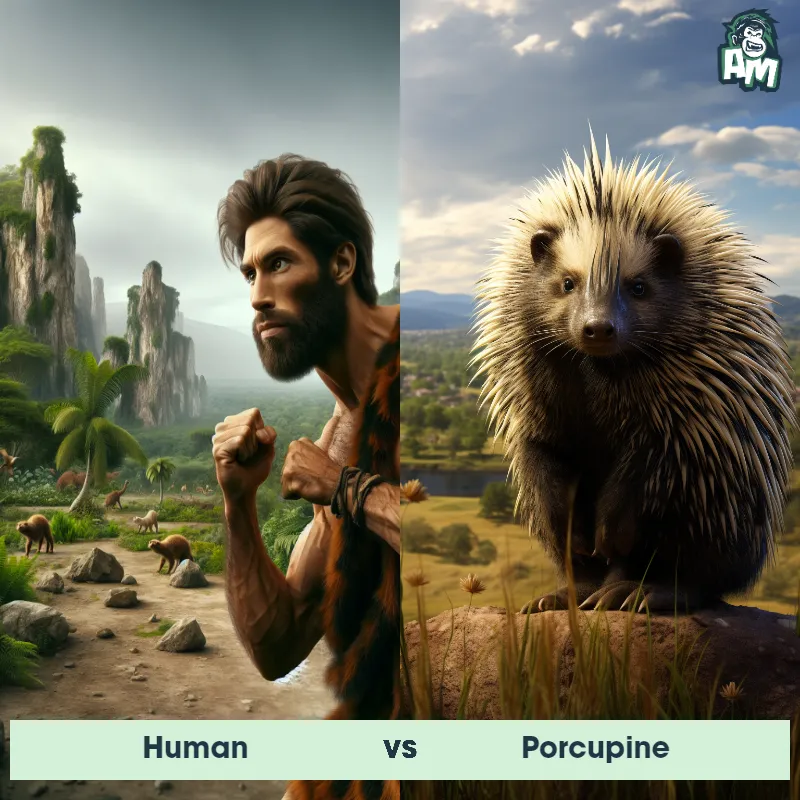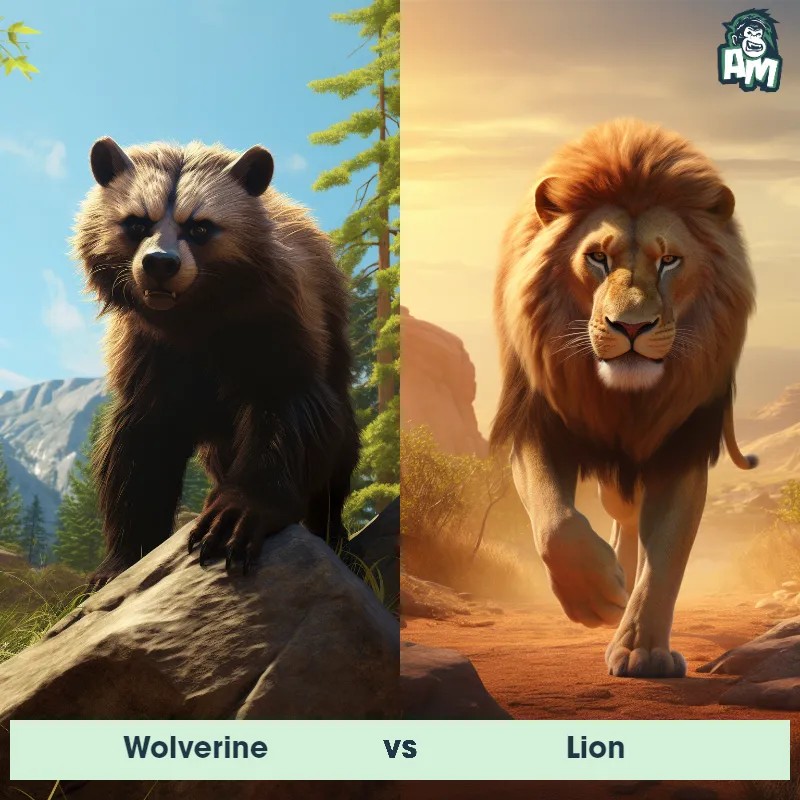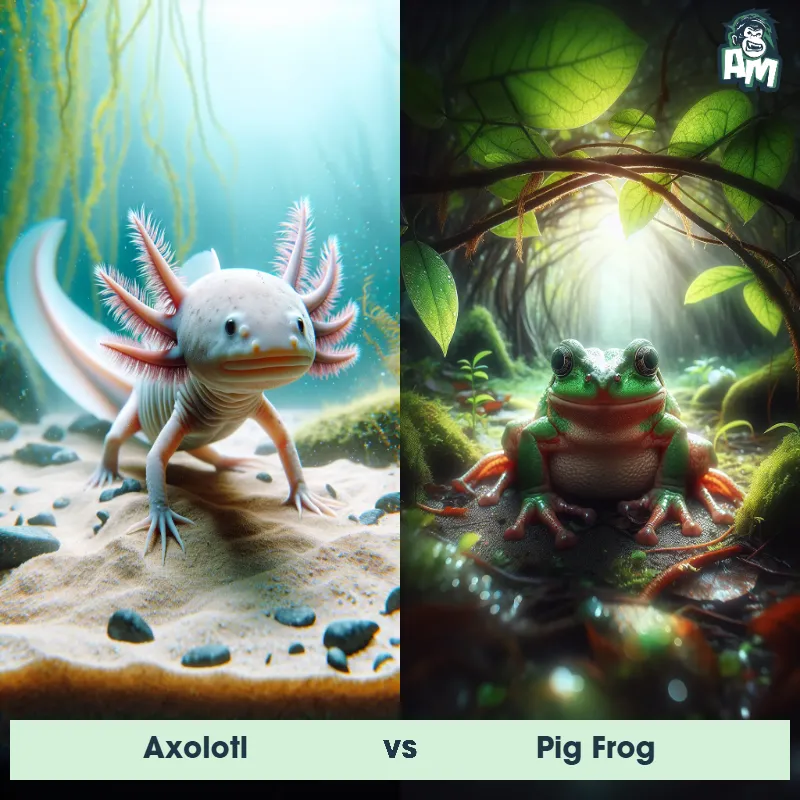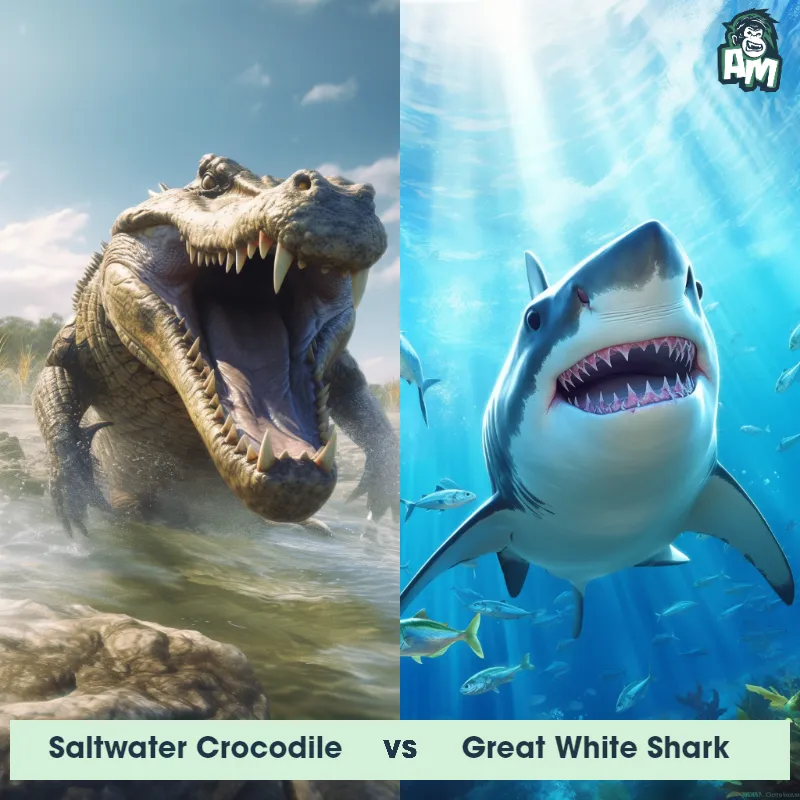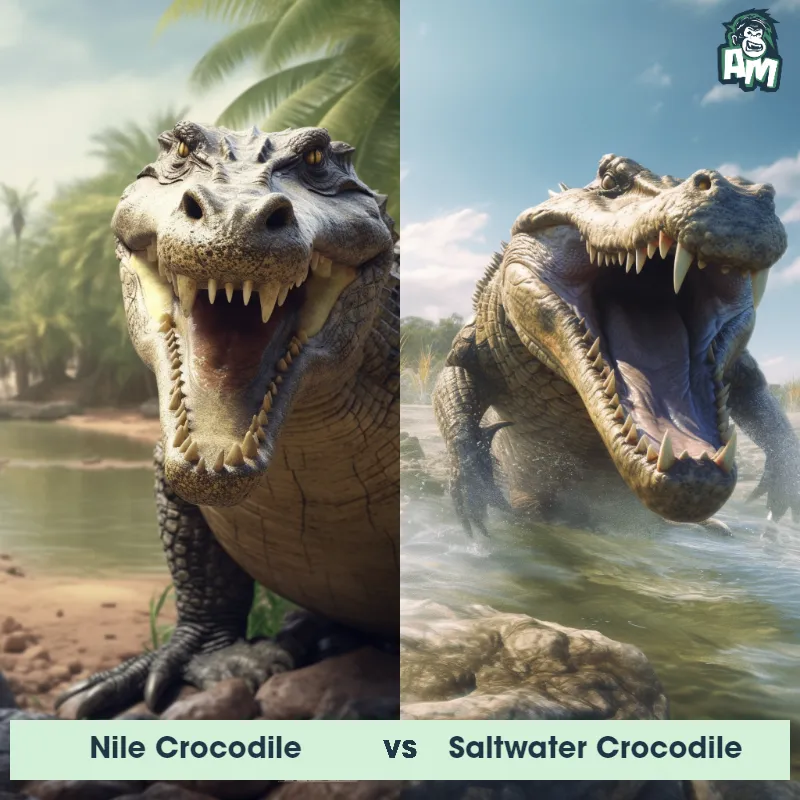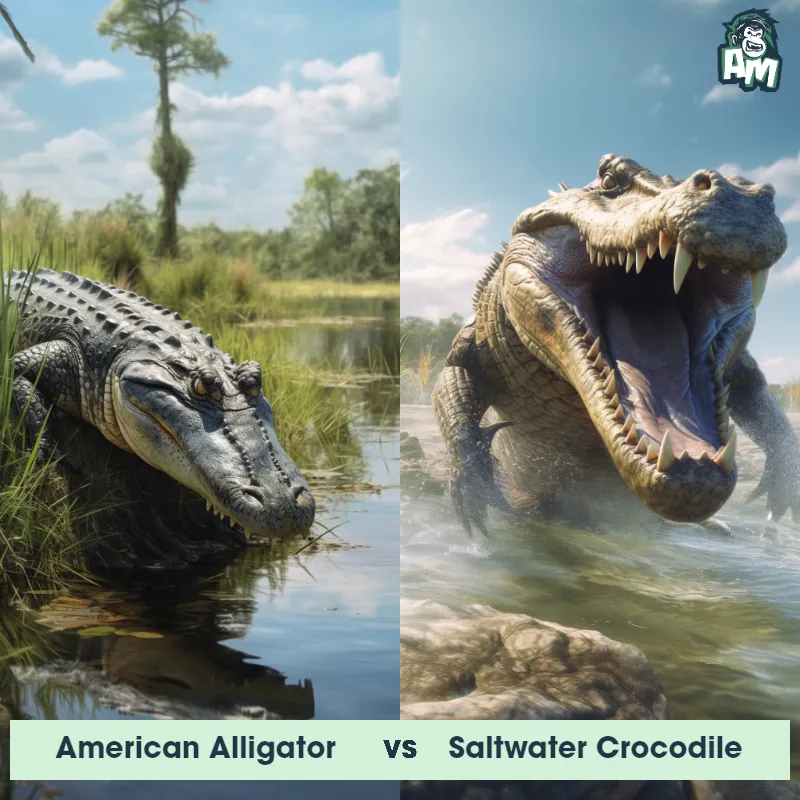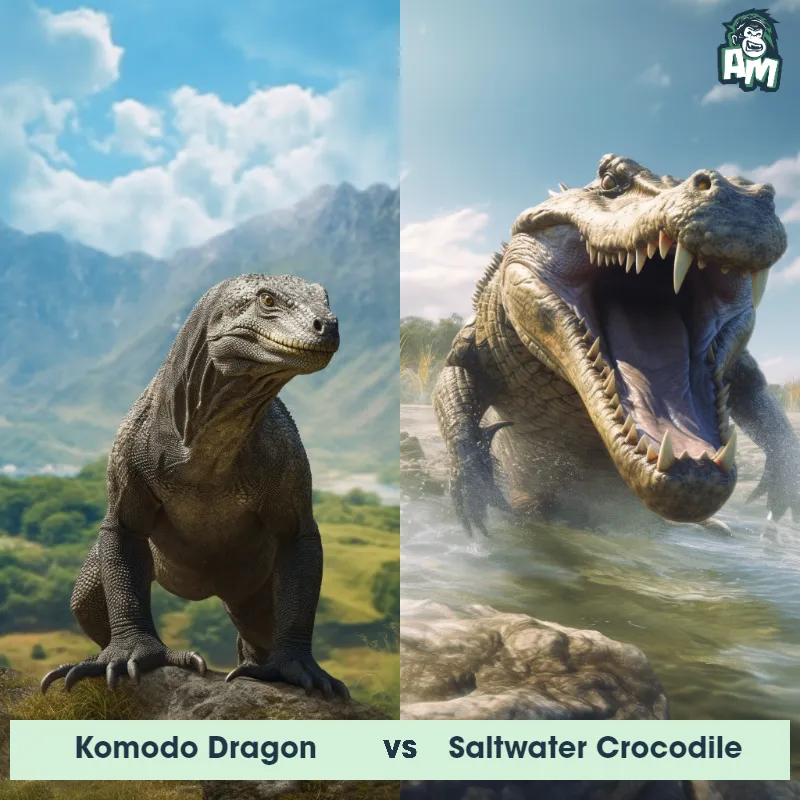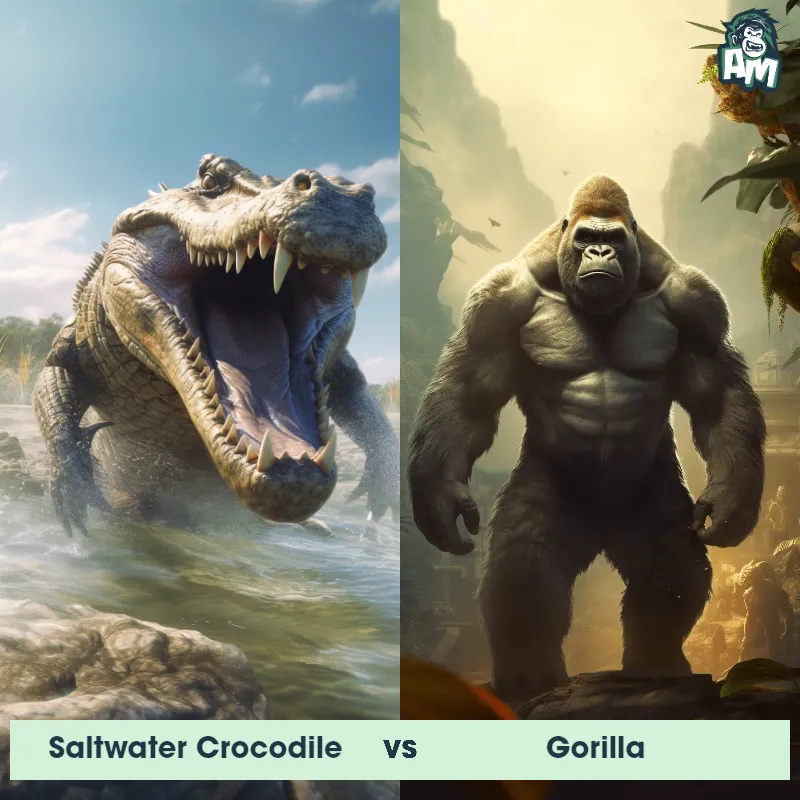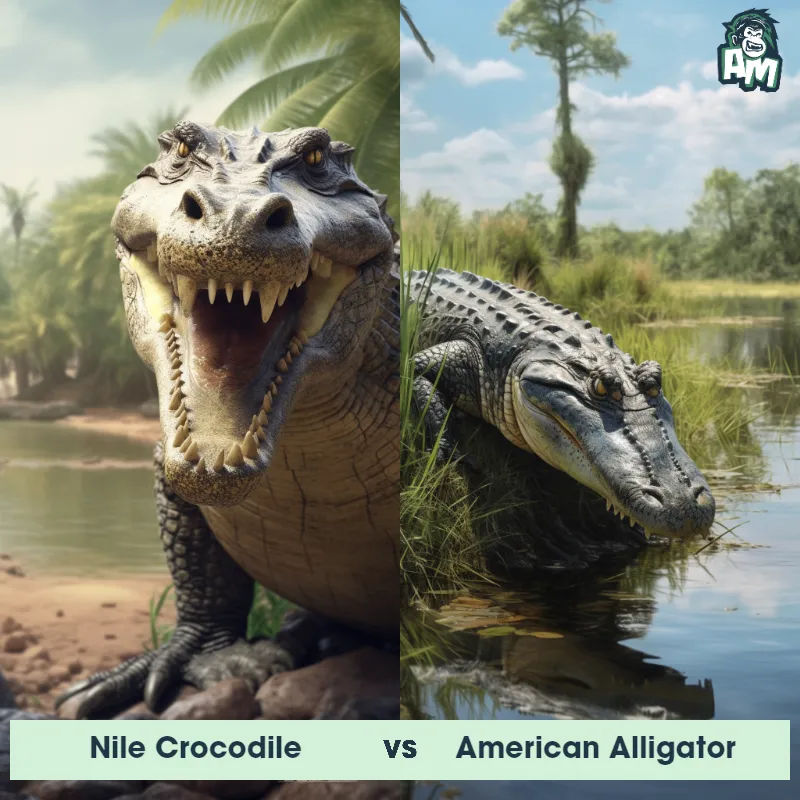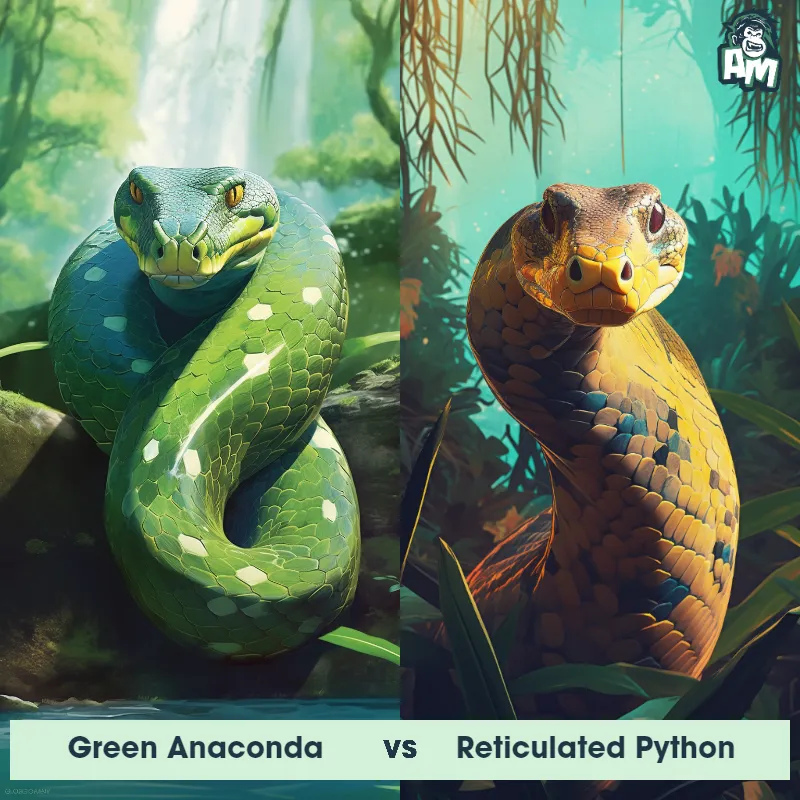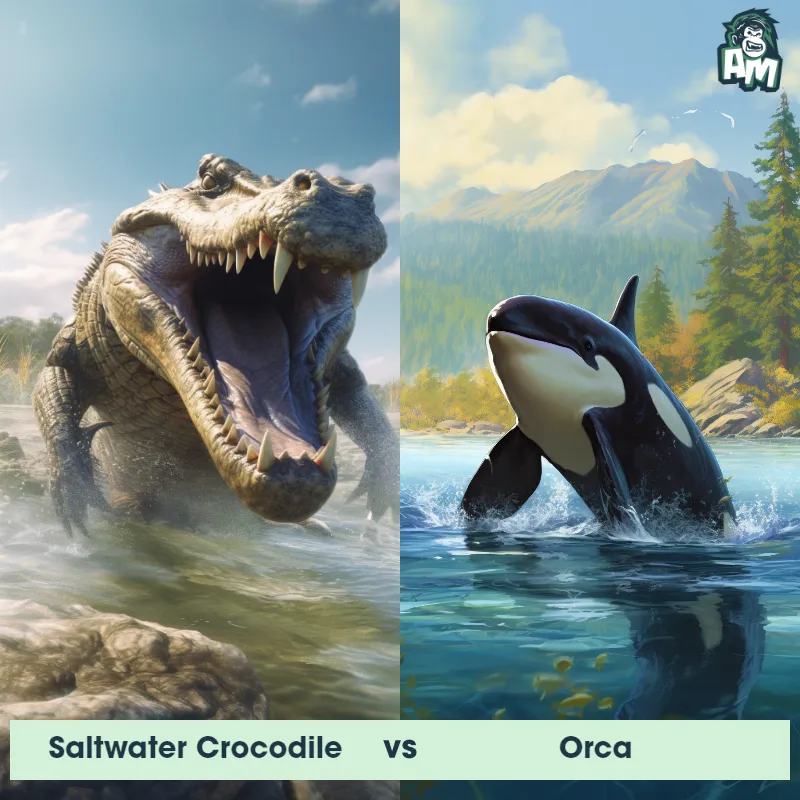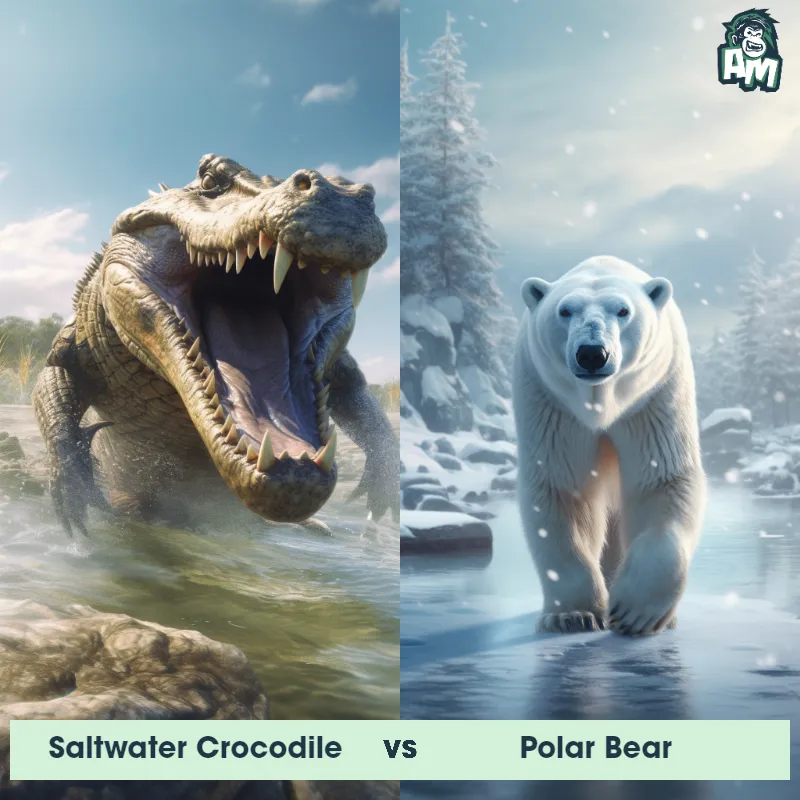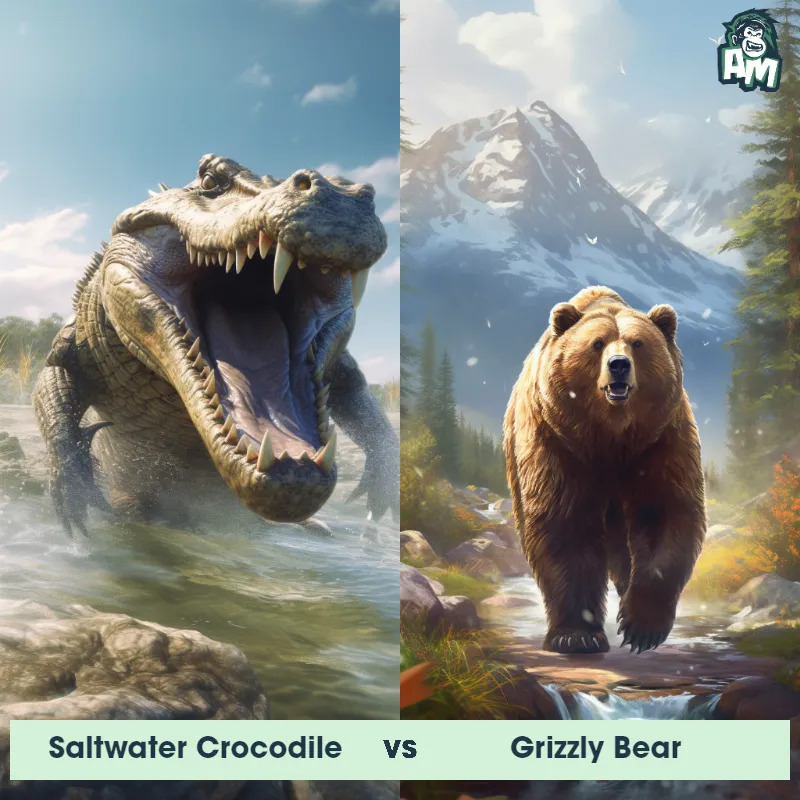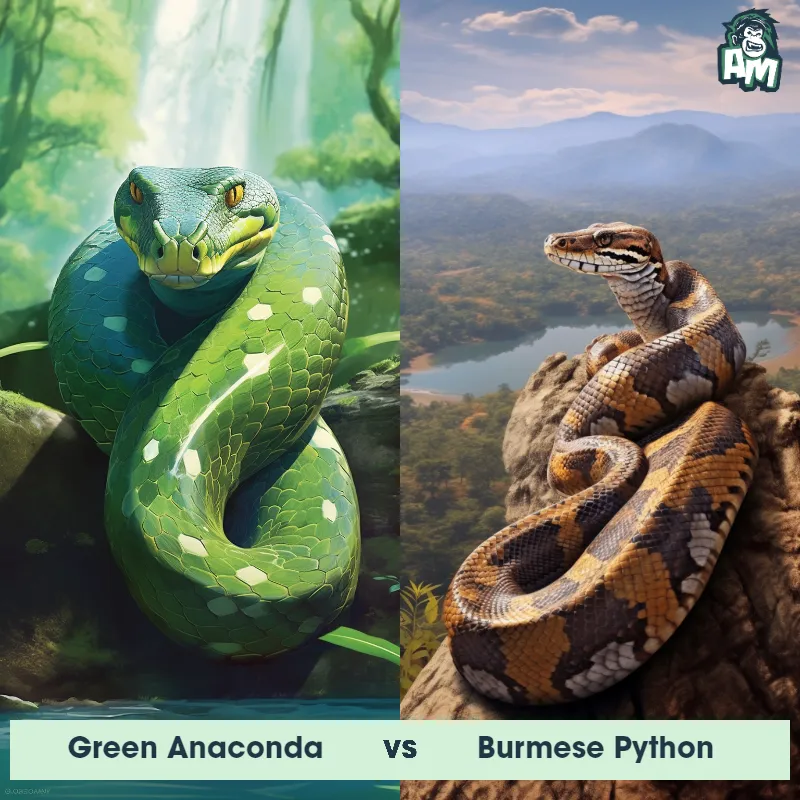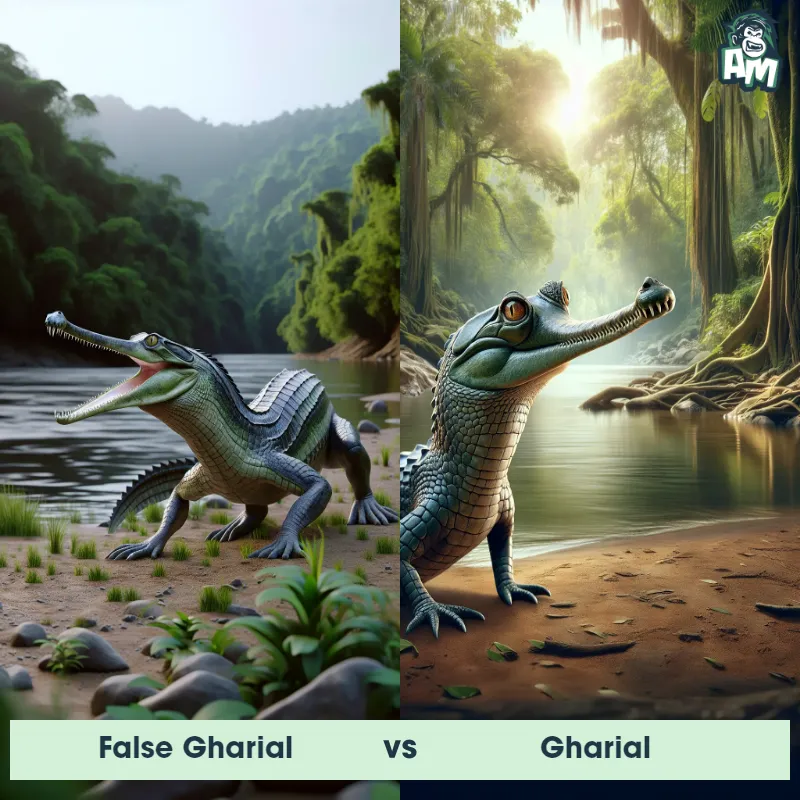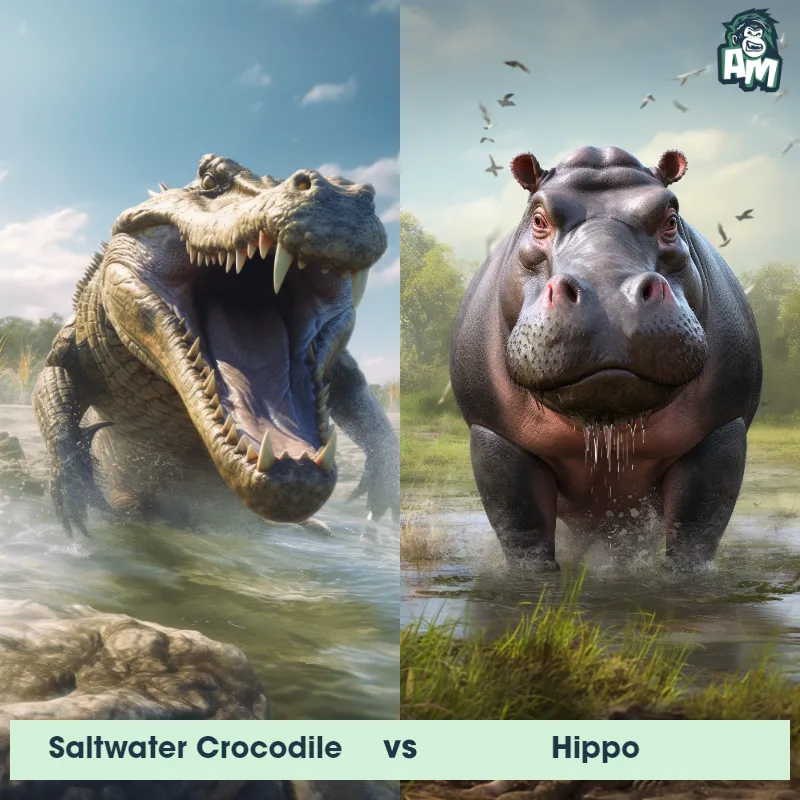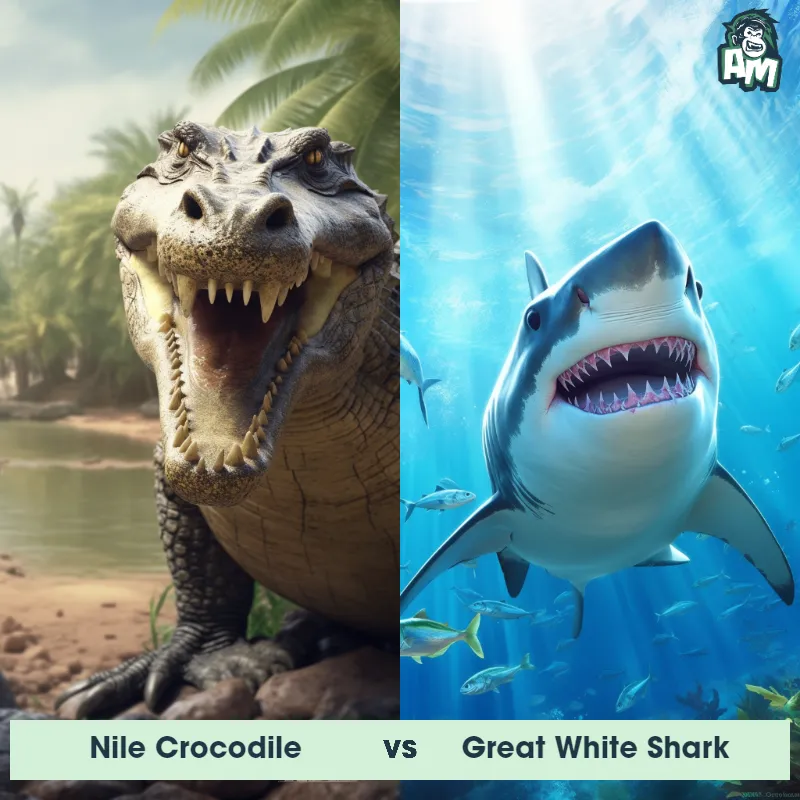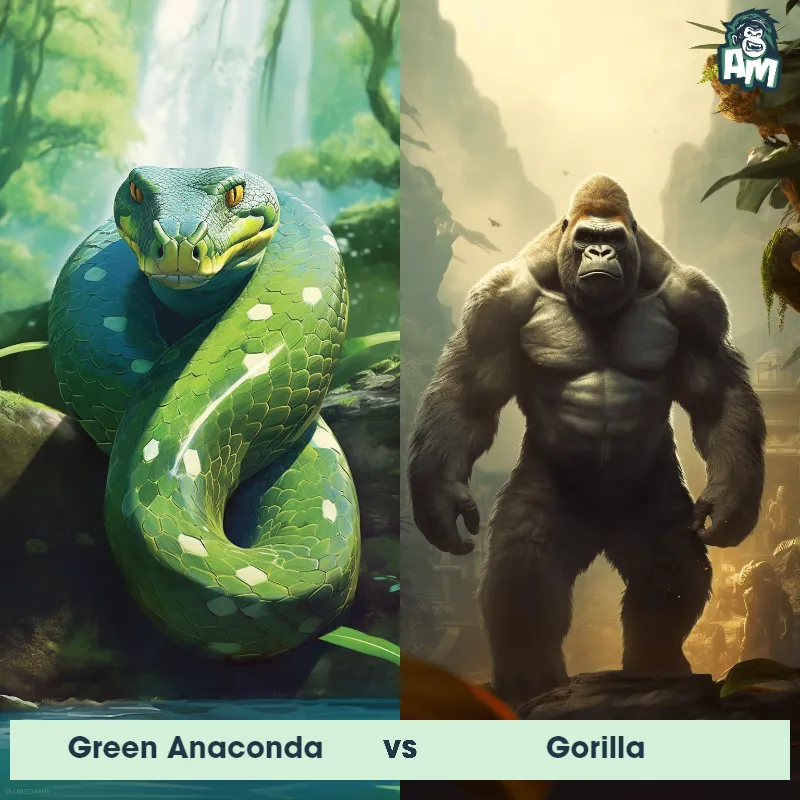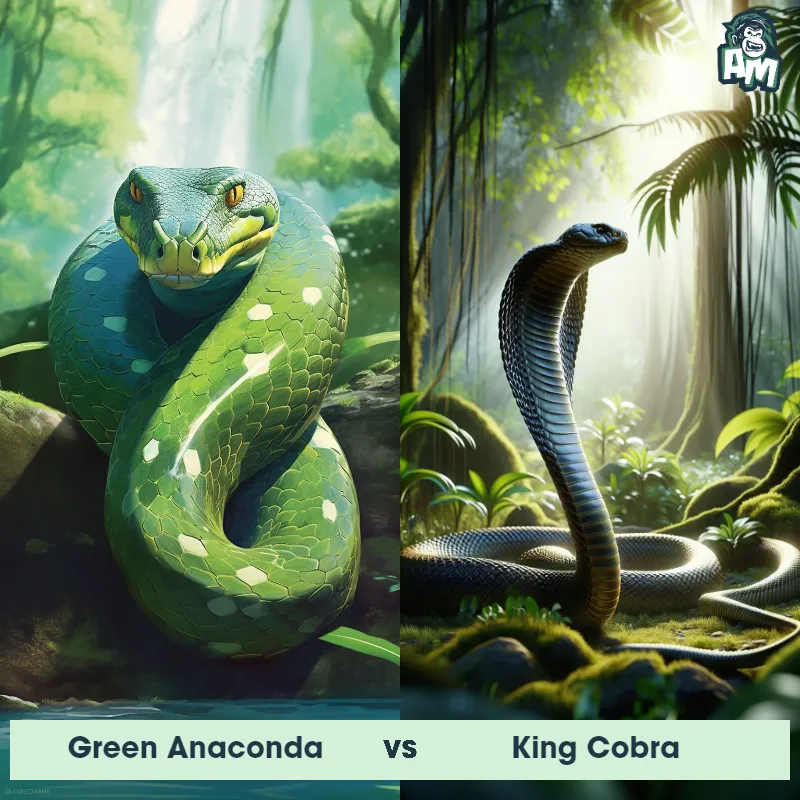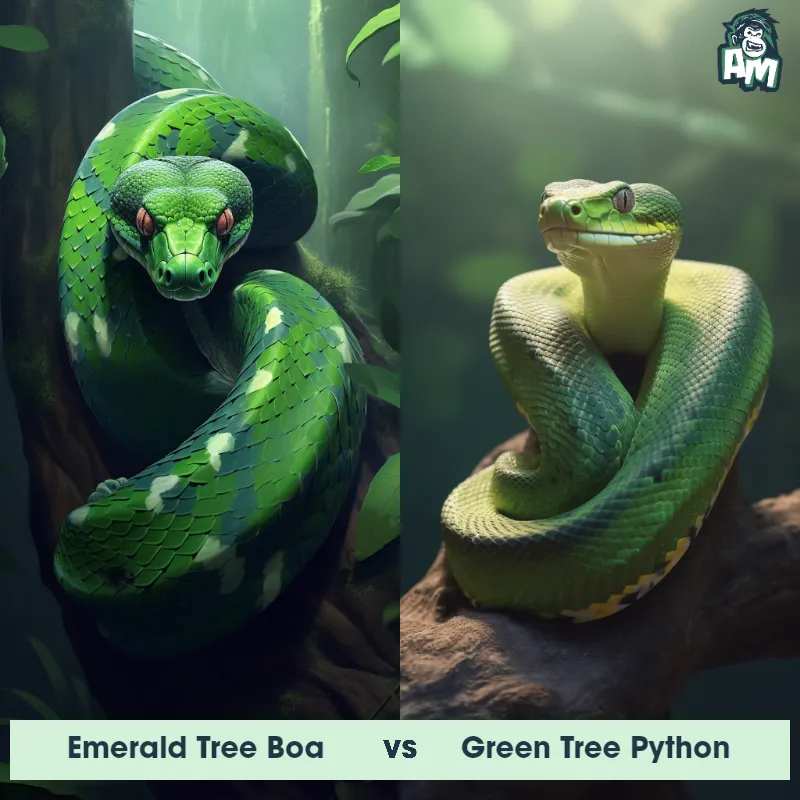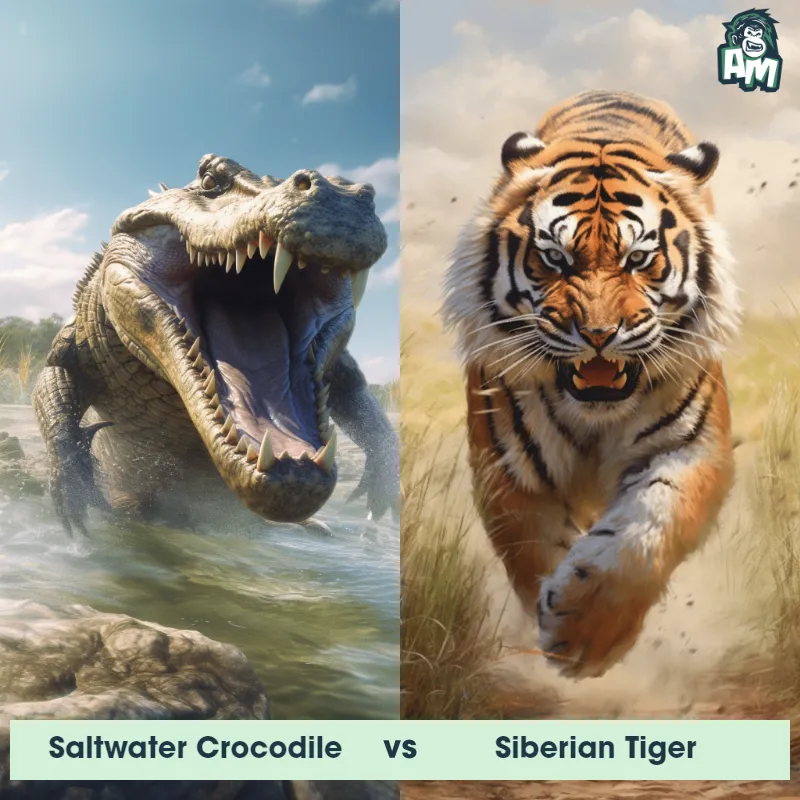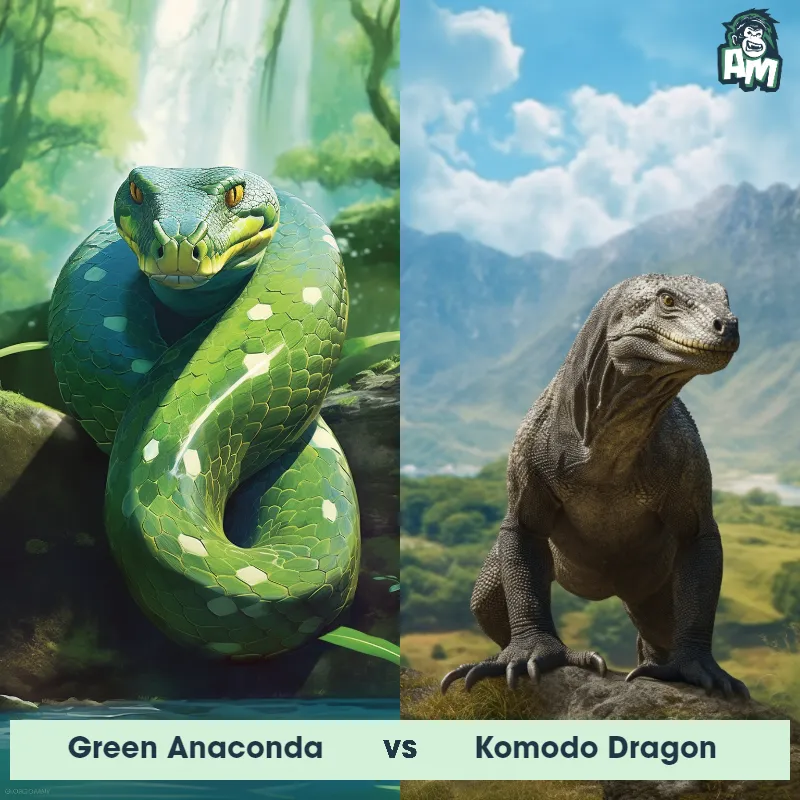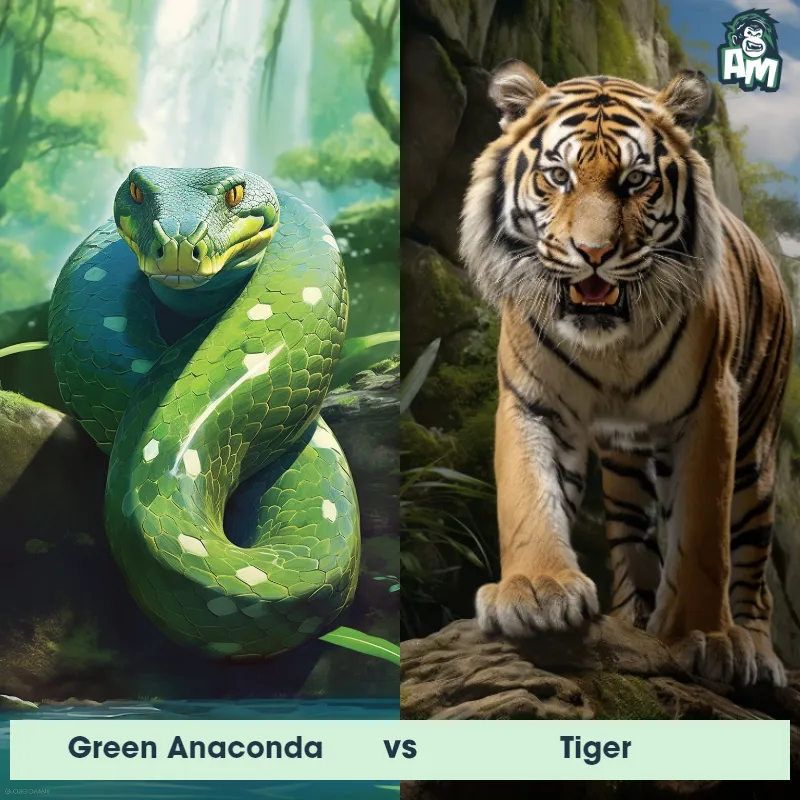Saltwater Crocodile vs Green AnacondaSee Who Wins

Ladies and gentlemen, welcome to this thrilling matchup where two formidable creatures of the wild are about to engage in a ferocious battle. In the blue corner, we have the Saltwater Crocodile, known for its immense size and legendary jaw strength. And in the red corner, the Green Anaconda, equipped with unparalleled constricting abilities. It's a clash of the titans as these apex predators square off in this three-round fight. Get ready for an intense contest of brute force and cunning strategy. Let's dive right into the action!
Contender 1: Saltwater Crocodile
The Saltwater Crocodile, also known as the estuarine crocodile, is the largest living reptile in the world, with males reaching up to 23 feet in length and weighing over a ton. They have a powerful jaw with over 60 teeth and are covered in tough, scaly skin that ranges from grayish-brown to black in color. They are found in the brackish and freshwater habitats of Southeast Asia and Northern Australia and are known for their aggressive behavior towards humans.
Fun Fact: Saltwater Crocodiles have the strongest bite force of any animal in the world, with a bite strength of up to 3,700 pounds per square inch, which is strong enough to crush a car.
Contender 2: Green Anaconda
The Green Anaconda, also known as the common anaconda, is one of the largest and heaviest snakes in the world, with females growing up to 30 feet long and weighing over 500 pounds. They have a dark green coloration with black oval spots along their back and sides, and their eyes and nostrils are located on the top of their head, allowing them to breathe and see while mostly submerged in water. They are non-venomous constrictors, using their powerful muscles to squeeze their prey to death before swallowing them whole.
Fun Fact: Green Anacondas are excellent swimmers and can stay underwater for up to 10 minutes, using their nostrils to breathe while submerged.
Matchup Stats
| Saltwater Crocodile | Green Anaconda | |
|---|---|---|
| Size | Up to 23 feet (7 meters) | Up to 30 feet (9.1 meters) long |
| Weight | Over a ton (1,000 kg) | Over 500 pounds (227 kilograms) |
| Speed | Land Speed: 11 mph (18 km/hr) | Speed: 5 mph (8 km/hr) |
| Key Strength | Powerful jaw with 64-68 teeth and strongest bite force of any animal in the world | Powerful constricting muscles |
| Biggest Weakness | Slow on land and vulnerable to attacks on the soft underbelly | Slow movement on land |
Current Votes
Saltwater Crocodile vs Green Anaconda
See Who Wins
View More Matches
Looking For More?
Similar Matches
Scientific Stats
| Saltwater Crocodile | Green Anaconda | |
|---|---|---|
| Scientific Name | Crocodylus porosus | Eunectes murinus |
| Family | Crocodylidae | Boidae |
| Habitat | Brackish and freshwater habitats | Freshwater rivers, swamps, and marshes |
| Geography | Southeast Asia and Northern Australia | South America |
| Diet | Carnivorous, preys on fish, birds, mammals, and other reptiles | Carnivorous, feeding on a variety of prey including fish, birds, mammals, and reptiles |
| Lifespan | 70 years - 100 years | 10 years - 30 years |
Key Differences between Saltwater Crocodile and Green Anaconda
- Scales: The Saltwater Crocodile has thick and armored scales, providing a tough exterior, while the Green Anaconda has smooth scales that allow for greater flexibility and movement.
- Body shape: The Saltwater Crocodile has a more streamlined and elongated body shape suited for aquatic life, whereas the Green Anaconda has a stockier and more cylindrical body shape designed for life in the water and on land.
- Coloration: The Saltwater Crocodile has a lighter coloration with a grayish-brown or olive-green overall appearance, while the Green Anaconda has a dark green coloration with black spots and patterns along its body.
- Please note that these are just some of the key differences in appearance between these two species. There are other characteristics such as habitat, behavior, and ecological roles that also distinguish them.:
- Size: The Saltwater Crocodile is the largest living reptile and can grow up to 23 feet in length, whereas the Green Anaconda is the largest snake species and can reach lengths of around 30 feet.
- Tail shape: The Saltwater Crocodile has a long and powerful tail that aids in swimming and propulsion through water, while the Green Anaconda has a thick and muscular tail that assists in constricting its prey.
- Head shape: The Saltwater Crocodile has a broad and elongated snout with large teeth visible when the mouth is closed, whereas the Green Anaconda has a more rounded head with smaller visible teeth.



